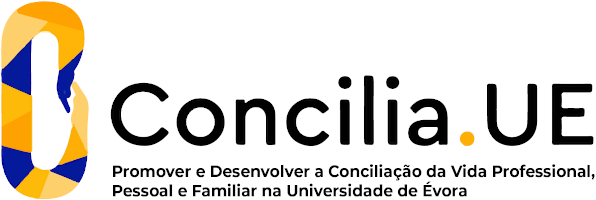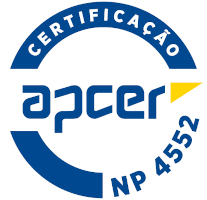2025
Human-Computer Interaction
Name: Human-Computer Interaction
Code: INF13186L
6 ECTS
Duration: 15 weeks/156 hours
Scientific Area:
Informatics
Teaching languages: Portuguese
Languages of tutoring support: Portuguese
Regime de Frequência: Presencial
Sustainable Development Goals
Learning Goals
Give students knowledge in Human-Computer-Interaction (HCI) area. At the end of the semester, the student should be able to:
- Understand the human factors that constrain the use of any computer system
- Understand and use the knowledge underlying the creation and development of interfaces
- Identify the type of users that the interface will "serve" and the tasks that the interface must support
- Understand the need and know how to proceed, evaluate the interfaces that develops, at all stages of it´s development
- Identify user-perceived problems in interaction with an application through interaction models
- Provide critical opinions on existing interfaces, suggesting changes whenever necessary
- Understand the human factors that constrain the use of any computer system
- Understand and use the knowledge underlying the creation and development of interfaces
- Identify the type of users that the interface will "serve" and the tasks that the interface must support
- Understand the need and know how to proceed, evaluate the interfaces that develops, at all stages of it´s development
- Identify user-perceived problems in interaction with an application through interaction models
- Provide critical opinions on existing interfaces, suggesting changes whenever necessary
Contents
I- Fundamentals:
1. The Human; The computer; The interaction
2. Interaction Paradigms
3. Interaction Styles
4. User and Task Analysis
II. Interaction Design basics
1. Usability engineering
2. Principles that support usability
3. Golden rules and heuristics
4. Iterative design and the spiral model
5. Prototyping
6. Evaluation techniques (Heuristic and Predictive)
1. The Human; The computer; The interaction
2. Interaction Paradigms
3. Interaction Styles
4. User and Task Analysis
II. Interaction Design basics
1. Usability engineering
2. Principles that support usability
3. Golden rules and heuristics
4. Iterative design and the spiral model
5. Prototyping
6. Evaluation techniques (Heuristic and Predictive)
Teaching Methods
Theoretical classes with presentation of contents, explanation of applications and illustration of examples. Practical classes with resolution of exercises and development of examples.
The assessment consists in two writen tests or a final exam and a small project.
The assessment consists in two writen tests or a final exam and a small project.





















